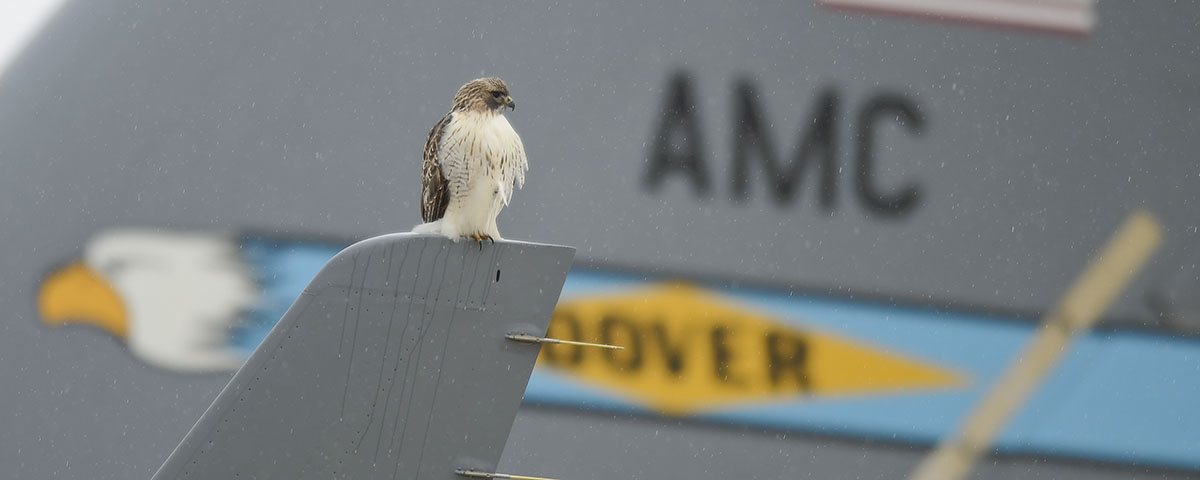Throughout aviation history, pilots have strived to emulate birds, the world’s most adept fliers. In the process, they’ve sought to safely share the skies with our feathered friends by avoiding avian encounters and collisions. Because when bird meets airplane, the results can be devastating.
As Ed Brotak notes in “When Birds Strike,” reported wildlife strikes (including terrestrial collisions) increased by more than 600 percent from 1990 to 2013, with 11,315 incidents in the most recent year for which figures are available. Although some of that increase can be attributed to better reporting, populations of bird species most dangerous to aviation have soared during the past few decades. “The bird strike threat has increased, especially the threat from larger birds,” the Federal Aviation Administration noted in a July 20, 2015, filing. The FAA cited U.S. data showing an increase in the Canada geese population from half a million in 1980 to 3.8 million in 2013, and in snow geese from 2.1 million to 6.6 million. A flock of Canada geese, ingested into his A320’s engines, led to “Sully” Sullenberger’s celebrated “Miracle on the Hudson.” Many pilots, however, have not been as fortunate; Brotak reports that worldwide since 1988, 255 people have died and 243 aircraft were destroyed due to collisions with wildlife.
Short of declaring open season on the most problematic bird species, what’s being done to combat the threat? Airport mitigation has included erecting perimeter fences to keep out wildlife, habitat management such as removing trees and other roosting sites, and various devices to scare birds away, including sirens, horns and fireworks. Since 1999, Southwest Florida International Airport has employed border collies to scare off birds when wildlife agents make their airport rounds. And some airports fight birds with birds, using trained raptors to frighten away roosting interlopers.
In 2001 the FAA and U.S. Air Force started developing bird-tracking radar systems. Today radar is used to track birds at major airports, enabling controllers to warn pilots of impending encounters. Automated infrared bird-detection systems are also under development, with the potential to detect roosting birds or birds on the ground that are invisible to radar.
While bird strikes may be reduced through these methods and systems, they’ll never be eliminated, leading to efforts to test and strengthen aircraft structures to withstand avian impacts. By far the most interesting—or disgusting, depending on your perspective—development in these efforts has been the advent of the “chicken gun.” This compressed-air cannon can propel a four-pound dead chicken to more than 350 knots, simulating a high-speed bird strike. It has been used on everything from jet engines to F-16 canopies to assess potential strike damage. Chickens are most definitely harmed in the process—what’s left is hardly sufficient to fashion a nugget.





